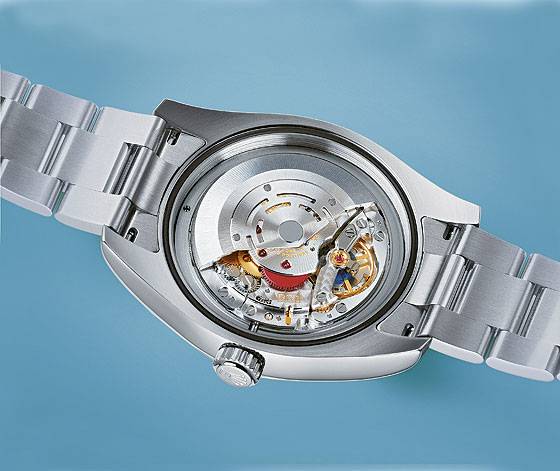— The discreet Julien Coudray 1518 brand features a set of highly distinctive characteristics. Here are 10 keys to the door of its workshop in Le Locle.
All those acquainted with Julien Coudray 1518, raise their hands! Some may be vaguely aware of the brand name, others of its creations that arrive in sparing quantities on the market, and others may know some of the people behind it. On the whole, however, Julien Coudray 1518 remains somewhat mysterious. WorldTempus raises the veil on ten key elements of the Manufacture.
1. An integrated – and shared – Manufacture
Julien Coudray 1518 is a Manufacture that has just reached its fifth anniversary. So how has this integration been achieved so rapidly? Perhaps because like many others, such as Greubel Forsey and its partnership with Complitime, Julien Coudray 1518 operates in tandem with IMH, the technical source of its production. IMH develops and produces for Julien Coudray 1518, but not exclusively so, since the brand has several external clients.
2. A Swiss-Belgian brand
In January 2015, Julien Coudray 1518 was entirely taken over by an independent family shareholder of Belgian nationality, Joris Ide (along with his son Enzo), who already owned the Lebeau-Couraly watch brand that informed connoisseurs noticed in Hall 1.1 at Baselworld this year. The two brands operate in parallel in two very distinct segments, but they are both served by the shared IMH production facility.
3. Snob-free metals
Julien Coudray 1518 specifically precludes from its production all ‘snob’ metals in the literal sense of the term – meaning those that are sin nobilitas, lacking nobility, or commonplace. That is why the youthful brand uses only four metals: white, yellow and pink gold, as well as platinum.
4. Watchmaking ingot
The Manufacture has a very special attribute: all its components are machined from a single one-kilo block of these metals. From this precious ingot, Julien Coudray 1518 carves out the case, hands, as well as many other components that are not made of traditional brass as is generally done in these modern times. In the case of a platinum model, even the bridges are made of platinum.

The case and movement come from the same block of platinum – or gold, as in this instance.
© replica rolex watches
5. Bye bye galvano
Julien Coudray 1518 has proscribed any electroplating surface treatments on its creations. Its range will therefore never comprise any rhodium-plated components. All will instead feature a finish – generally a mirror (or specular) polish – applied to the pure metal surface.
6. Four years, four references
Julien Coudray is fond of figures. The brand whose name includes the number 1518 has so far developed and produced four models: the 1515, 1528, 1548 and 1588. Contrary to appearances, these do not refer to dates, but to a century (the 16th) followed by the number of watches to be produced for each reference concerned. The 1515 is thus issued in a 15-piece edition, the 1528 in a 28-piece series, etc. Since Julien Coudray produces only one or two watches per month, this road map will take the firm until at least 2020!
7. Extremely vertical integration
Julien Coudray regroups 30 people exercising 40 different professions, most of which exist individually in traditional Manufactures. Very few however – or in fact none at all – can lay claim to such a ratio between a very small number of employees and an impressively broad range of skills.

Enamel and particularly miniature enamel painting are recurrent features on most creations by Julien Coudray 1518.
© breitling replica
8. Boundless tradition
This is a deliberate policy and is observed to the letter: Julien Coudray 1518 honours watchmaking traditions by refusing to use any modern or high-tech materials. By way of example, despite the incomparable breakthrough technological advantages afforded by silicon, the latter finds no place in a Julien Coudray watch movement – or at any rate not for at least a century… until the material itself becomes part of tradition!
9. Horological oil change
Julien Coudray 1518 watches are currently the only models to feature a service indicator in the form of an oil drop appearing through an aperture at 12 o’clock and gradually disappearing after four years as a reminder that it’s time for a maintenance service.
10. Two of everything
Julien Coudray 1518 produces a kit of spare parts for each watch sold. Each numbered kit is stored in a safe and can be used when components need to be replaced in 20, 50, 100 or more years’ time!

Each model, such as this Competentia, may be personalised at the customer’s request.
© Julien Coudray



